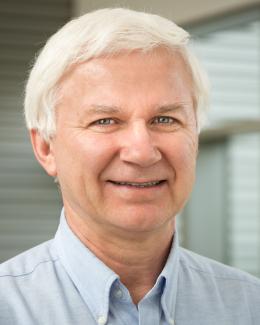Abstract
Thermal neutron scattering cross-section data for light water available in the major nuclear data libraries observes significant differences especially at reactor operating temperatures. During the past few years there has been a renewed interest in reviewing the existing thermal scattering models and generating more accurate and reliable thermal scattering cross sections using existing experimental data and in some cases based on Molecular Dynamics (MD) simulations. There is a need for performing new time-of-flight experiments at high temperatures and pressures, to have a better understanding of the physics involved in the scattering process that could help improve the existing TSL data.
Lack of experimental thermal scattering data for light water at high temperatures led to a new measurement campaign within the INSIDER project at the Institut de radioprotection et de sûreté nucléaire (IRSN). Double differential scattering cross section for light water have been measured at the SEQUOIA spectrometer based at the Spallation Neutron Source (SNS), Oak Ridge National Laboratory, United States. Several measurements have been carried out at different temperatures and pressures corresponding to liquid light water. Measurements at five different incident neutron energies Ei (8, 60, 160, 280 and 800 meV) have been carried out to help exploring different regions of the frequency spectrum. This paper presents the analysis of the dynamic structure factor and the derived frequency spectrum of light water. The analysis of the experimental data would provide one with better confidence, the behavior of thermal scattering cross sections for light water at high temperatures, knowledge of which is very important for the design of novel reactors as well as existing pressurized water reactors.


